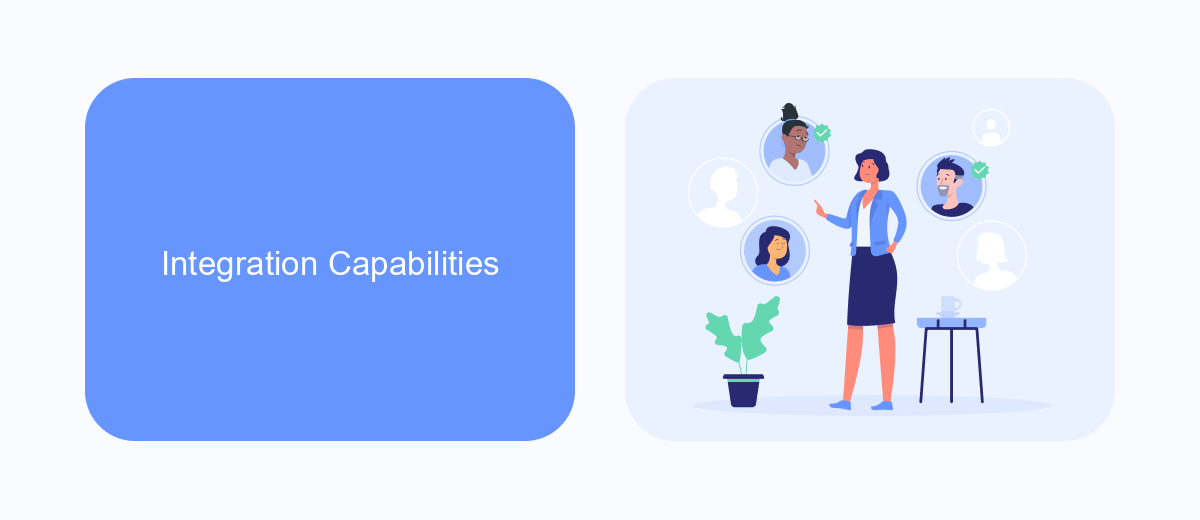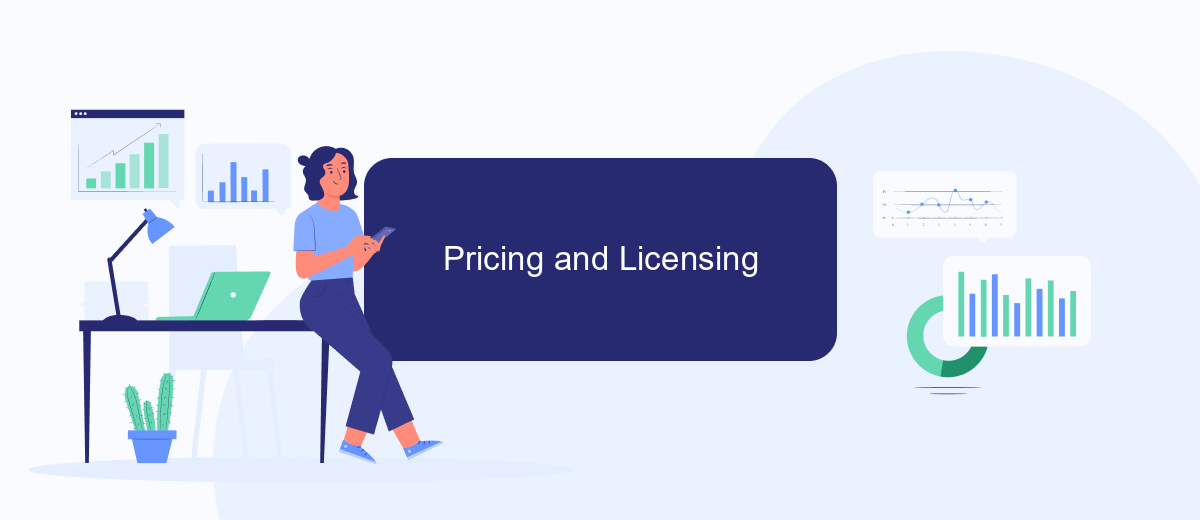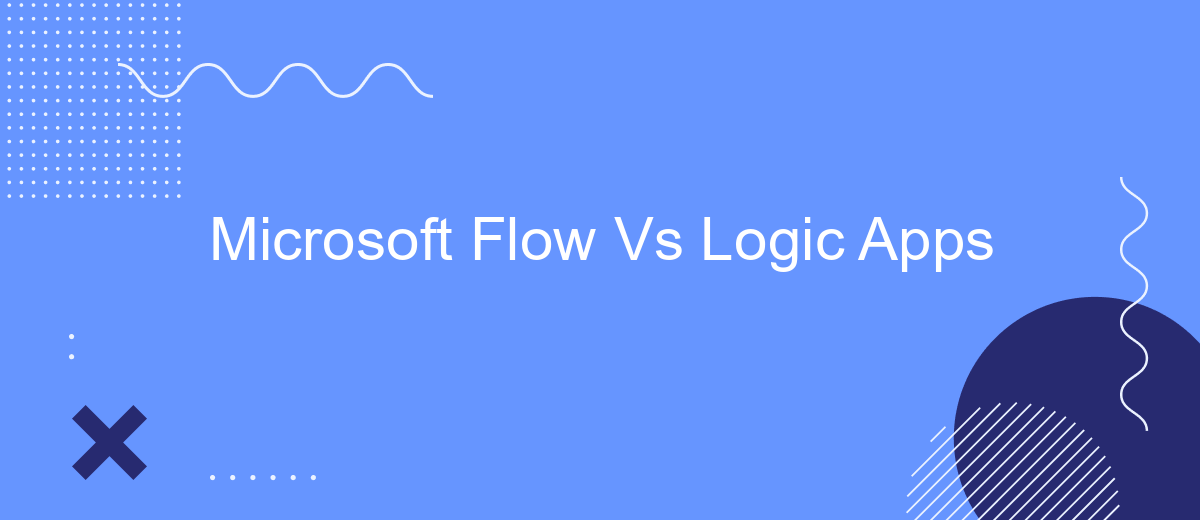When it comes to automating workflows in the Microsoft ecosystem, two powerful tools often come to mind: Microsoft Flow and Logic Apps. Both offer robust capabilities for streamlining processes, but they serve different purposes and target different user bases. This article delves into the key differences, strengths, and use cases of Microsoft Flow and Logic Apps to help you choose the right tool for your needs.
Introduction
In today's rapidly evolving digital landscape, businesses are constantly seeking ways to automate workflows and streamline operations. Two prominent tools that have emerged in this space are Microsoft Flow (now known as Power Automate) and Logic Apps. Both tools offer robust capabilities for automating tasks and integrating various services, but they cater to slightly different needs and use cases.
- Microsoft Flow (Power Automate): Aimed at individual users and small teams, providing an intuitive interface for creating automated workflows with minimal coding.
- Logic Apps: Designed for enterprise-level integration, offering advanced features and scalability for complex business processes.
While both tools are powerful in their own right, choosing the right one depends on your specific requirements. For instance, if you are looking for an easy-to-use solution for automating simple tasks, Power Automate might be the way to go. On the other hand, for more complex and large-scale integrations, Logic Apps could be more suitable. Additionally, services like SaveMyLeads can further enhance your automation efforts by providing seamless integration capabilities with various platforms, ensuring your workflows are as efficient and effective as possible.
Integration Capabilities

Microsoft Flow and Logic Apps both offer robust integration capabilities, enabling users to connect various services and automate workflows seamlessly. Microsoft Flow, now known as Power Automate, is designed for business users and provides a user-friendly interface to create automated workflows between different applications and services. It supports a wide range of connectors, making it easy to integrate with popular services like Office 365, SharePoint, and Dynamics 365, among others.
Logic Apps, on the other hand, is tailored for developers and IT professionals, offering advanced integration capabilities and greater control over complex workflows. It provides a more extensive set of connectors and allows for intricate configurations and customizations. Both tools support integration with third-party services such as SaveMyLeads, which simplifies the process of connecting various applications and automating lead management. By leveraging these integration capabilities, businesses can streamline their operations, improve efficiency, and reduce manual tasks.
Pricing and Licensing

When comparing Microsoft Flow and Logic Apps, pricing and licensing are critical factors to consider. Both services offer different pricing models tailored to various business needs. Understanding these models can help you choose the right solution for your organization.
- Microsoft Flow: Flow offers a subscription-based pricing model with three main plans – Free, Per User Plan, and Per Flow Plan. The Free plan is limited in functionality, while the Per User Plan and Per Flow Plan provide more advanced features and higher limits.
- Logic Apps: Logic Apps operates on a consumption-based pricing model. You pay for the number of actions executed and the connectors used. This can be more cost-effective for businesses with fluctuating workloads.
Both Microsoft Flow and Logic Apps offer robust solutions for automating workflows, but their pricing structures cater to different usage patterns. For businesses looking to streamline their integration processes, services like SaveMyLeads can provide additional support by automating lead management and ensuring seamless data flow across platforms.
Deployment Options

When it comes to deployment options, both Microsoft Flow (now known as Power Automate) and Logic Apps offer flexibility and scalability. Power Automate is designed for end-users and citizen developers, providing an easy-to-use interface for building workflows and automations within the Microsoft ecosystem. It is primarily a cloud-based service, making it accessible from anywhere with an internet connection.
On the other hand, Logic Apps is geared towards developers and IT professionals, offering more advanced capabilities and integration options. Logic Apps can be deployed in the cloud, on-premises, or in hybrid environments, giving organizations the flexibility to choose the deployment model that best fits their needs. This makes Logic Apps a suitable choice for complex enterprise-level workflows.
- Power Automate: Cloud-based, user-friendly, ideal for simple workflows.
- Logic Apps: Cloud, on-premises, or hybrid deployment, suitable for complex integrations.
For those looking to streamline their integrations further, services like SaveMyLeads can be invaluable. SaveMyLeads allows users to easily connect various applications and automate data transfer, reducing the need for manual intervention and ensuring seamless workflow automation. This can complement both Power Automate and Logic Apps by providing additional integration capabilities.
Key Differentiators and Use Cases
Microsoft Flow and Logic Apps, while both designed for workflow automation, cater to different user needs and expertise levels. Microsoft Flow, now known as Power Automate, is tailored for non-developers and business users, providing a user-friendly interface and pre-built templates for common tasks. In contrast, Logic Apps is more suited for IT professionals and developers, offering advanced capabilities and extensive integration options with Azure services, making it ideal for complex and large-scale workflows.
Use cases for Power Automate include automating routine business processes such as approvals, notifications, and data collection. It's perfect for small to medium-sized businesses looking to streamline operations without deep technical knowledge. Logic Apps, on the other hand, is used for enterprise-level integrations, such as connecting on-premises systems with cloud services or orchestrating complex workflows across multiple applications. For businesses seeking to simplify their integration processes, services like SaveMyLeads can be invaluable, offering pre-configured connectors and easy setup to ensure seamless data flow between various platforms.
FAQ
What is the primary difference between Microsoft Flow and Logic Apps?
Which tool is more suitable for enterprise-level integrations?
Can I use both Microsoft Flow and Logic Apps together?
How do the pricing models of Microsoft Flow and Logic Apps compare?
Is there a tool that simplifies the process of setting up integrations without deep technical knowledge?
You probably know that the speed of leads processing directly affects the conversion and customer loyalty. Do you want to receive real-time information about new orders from Facebook and Instagram in order to respond to them as quickly as possible? Use the SaveMyLeads online connector. Link your Facebook advertising account to the messenger so that employees receive notifications about new leads. Create an integration with the SMS service so that a welcome message is sent to each new customer. Adding leads to a CRM system, contacts to mailing lists, tasks to project management programs – all this and much more can be automated using SaveMyLeads. Set up integrations, get rid of routine operations and focus on the really important tasks.
